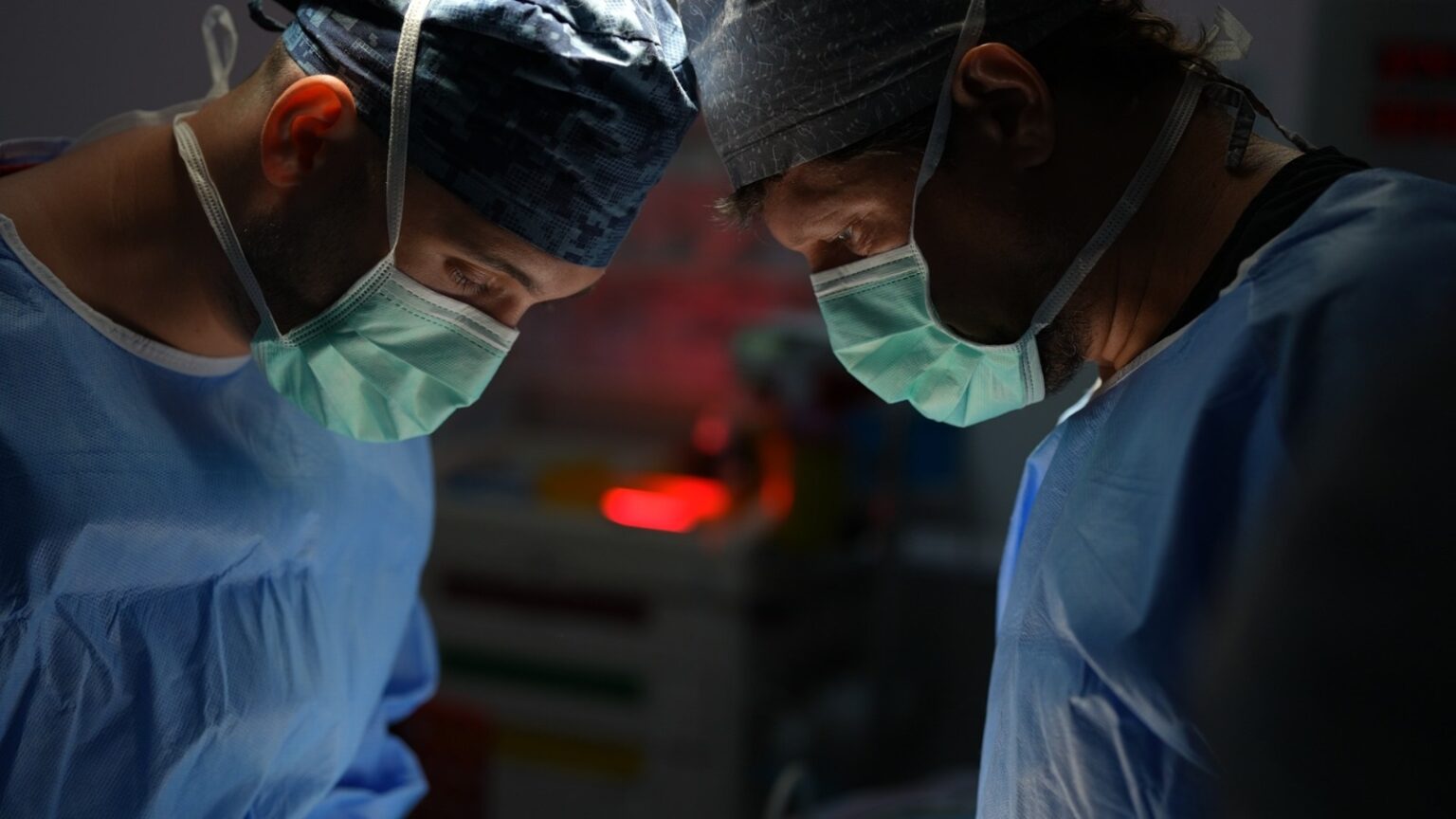Hair Transplant

Comprehensive Guide to Hair Transplantation: A Permanent Solution for Hair Loss
What is Hair Transplantation?
Hair transplantation is a surgical procedure designed to restore hair for individuals experiencing hair loss. Suitable for both men and women across different age groups, this procedure offers a permanent solution by transplanting healthy hair follicles from a donor area to the balding or thinning regions of the scalp. It’s an effective method for those who have sufficient donor follicles and do not have underlying conditions that may interfere with the success of the procedure.
How is Hair Transplantation Performed?
The hair transplantation process involves harvesting hair follicles from a donor area, typically the back of the scalp where hair is resistant to thinning, and implanting them into the areas experiencing hair loss. The procedure is performed under local anesthesia to ensure comfort.
Steps in Hair Transplantation:
- Harvesting Hair Follicles: Follicles are carefully extracted from the donor area, usually from the back of the head, using a specialized technique. The grafts, which contain 2-3 hair follicles each, are preserved to maintain their viability.
- Preparing the Recipient Area: Channels or incisions are made in the balding or thinning areas where the follicles will be transplanted. The size, depth, and angle of these channels are critical for achieving a natural look.
- Implanting the Follicles: The harvested grafts are meticulously placed into the prepared channels, typically at a 40-45 degree angle, to mimic the natural growth pattern of the hair.
What Are the Different Hair Transplantation Techniques?
Several advanced techniques are available for hair transplantation, each catering to different needs and preferences:
- Sapphire FUE (Follicular Unit Extraction): Involves extracting and implanting individual hair follicles. The use of a sapphire-tipped tool minimizes trauma to the scalp and allows for a high-density, natural-looking result.
- Choi (DHI) Hair Transplantation: Uses a Choi pen to simultaneously open channels and implant follicles, allowing for precise placement and minimal scarring. This method is particularly suitable for unshaven or minimal-shave procedures.
- Painless (Needle-Free) Hair Transplantation: Utilizes a pressurized anesthesia device to administer local anesthesia without needles, providing a pain-free experience during the procedure.
- Unshaven Hair Transplantation: Allows hair transplantation without the need to shave the recipient area, making it an ideal choice for individuals with long hair who prefer to maintain their appearance during the recovery period.
- Stem Cell Hair Transplantation: Enhances traditional transplantation techniques by using stem cells to promote hair follicle growth and improve the success rate of the procedure.
How Long Does Hair Transplantation Take?
The duration of a hair transplantation procedure typically ranges from 4 to 6 hours, depending on the method used and the number of grafts required. In most cases, the entire procedure can be completed in a single day.
Pre-Procedure Considerations for Hair Transplantation
To ensure optimal results, certain precautions should be taken before undergoing hair transplantation:
- Avoid smoking and aspirin for 7 days before the procedure.
- Refrain from consuming caffeine, green tea, and alcohol for 3 days prior.
- Discontinue any blood-thinning medications, as advised by your physician.
- Plan for a recovery period of 2-3 days after the procedure.
- Arrive for the procedure with an empty stomach.
- Wear button-up shirts to avoid disturbing the newly transplanted area.
Post-Procedure Care for Hair Transplantation
Proper care after hair transplantation is crucial for the success of the procedure:
- Avoid touching or rubbing the transplanted area for at least a week.
- Refrain from smoking, alcohol, and stimulants for 7 days post-procedure.
- Stay away from saunas, steam baths, and avoid swimming for 1 month.
- Use only the prescribed medications, lotions, and shampoos as directed by your physician.
- Follow all aftercare instructions provided in the “Hair Transplantation Training Manual” given after the procedure.
Treatment Summary
Inclusive Package
Hotel, Transfer, Assistance
Operation Duration
1-8 Hours
Anesthesia
General Anesthesia
Stay Duration
5-10 days